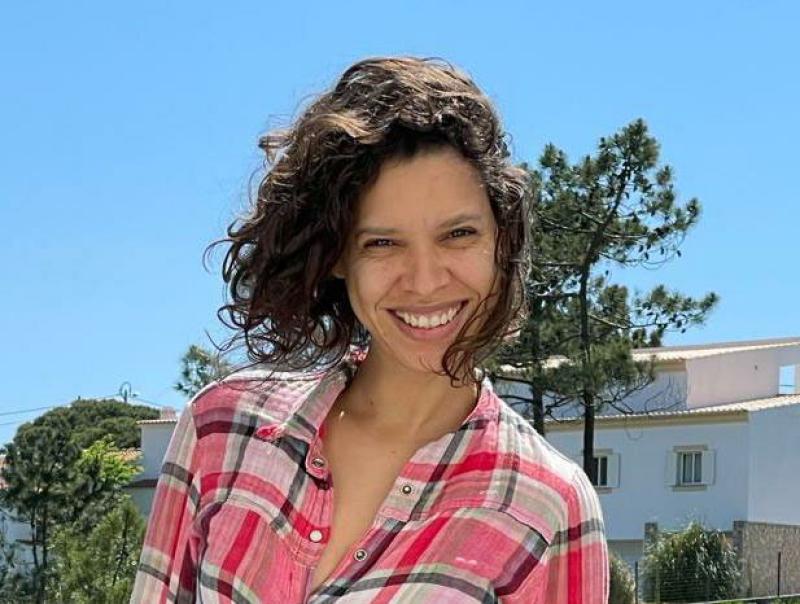R.A.W: CAMILA GRIMALDI
17 Nov 2021 // R.A.W
How the life of a single person could reflect and relate to the ones of many? In continuation with the interview’s format launched by my brilliant colleague Dipali, I had an inspiring conversation with the multifaceted Camila Grimaldi, who taught me about the importance of respecting your own essence, while adapting work to your own needs. A journey from stage lighting design to event production through art curation: from Brazil to Europe, this is the story of an illuminated professional.
“Light is the best tool to convey the aesthetic experience, which is alive: It happens in the moment”
Can you tell us briefly about your initial school/university life as a designer?
After studying Art Education and visual art, I graduated in Theatre at the Federal University of Maranhão - UFMA, I started with an internship at the second oldest Theatre in Brazil, the Teatro Arthur Azevedo. Although my role was to help with front-office tasks, I soon asked for a change of area and that is how I became the first stage lighting design intern, going completely out of my comfort zone then.
When did you decide to start experimenting with light? Was there any specific incident/person that you met inspired you in your career-choice?
The moment when UFMA professor Gisele Vasconcelos was promoted to director of the theatre marked the beginning of my journey of enlightenment. In those years, the city of Saint Louis, Brazil, was also flourishing and the cultural offer was increasing both in institutional and independent terms. The universities were following this trend, offering different art courses, and this was the scenario from which I began to emerge, not only in institutional theatres, but also in the independent art scene.
When have you started to open up to the event curator world?
In 2015 the independent cultural centre CHÃO SLZ was created with the intention of promoting dialogue and direct exchange of knowledge in the context of visual culture and contemporary culture.
The dense programming allowed us to start experimenting with different hats on. In fact, while still passionate about the lighting design scene, the idea of expanding my knowledge to everything that happens around a play, an act, an exhibition or any other art scene was very appealing.
The continuous exchange of artistic energies between all the people and professionals who pass by the space fuelled my need for experimentation, believing that it would also nourish and enrich my way of approaching light as a tool to illuminate. A lighting designer, a bit like a director, needs to have a lot of life experience in order to understand and then reveal what is about to be illuminated.
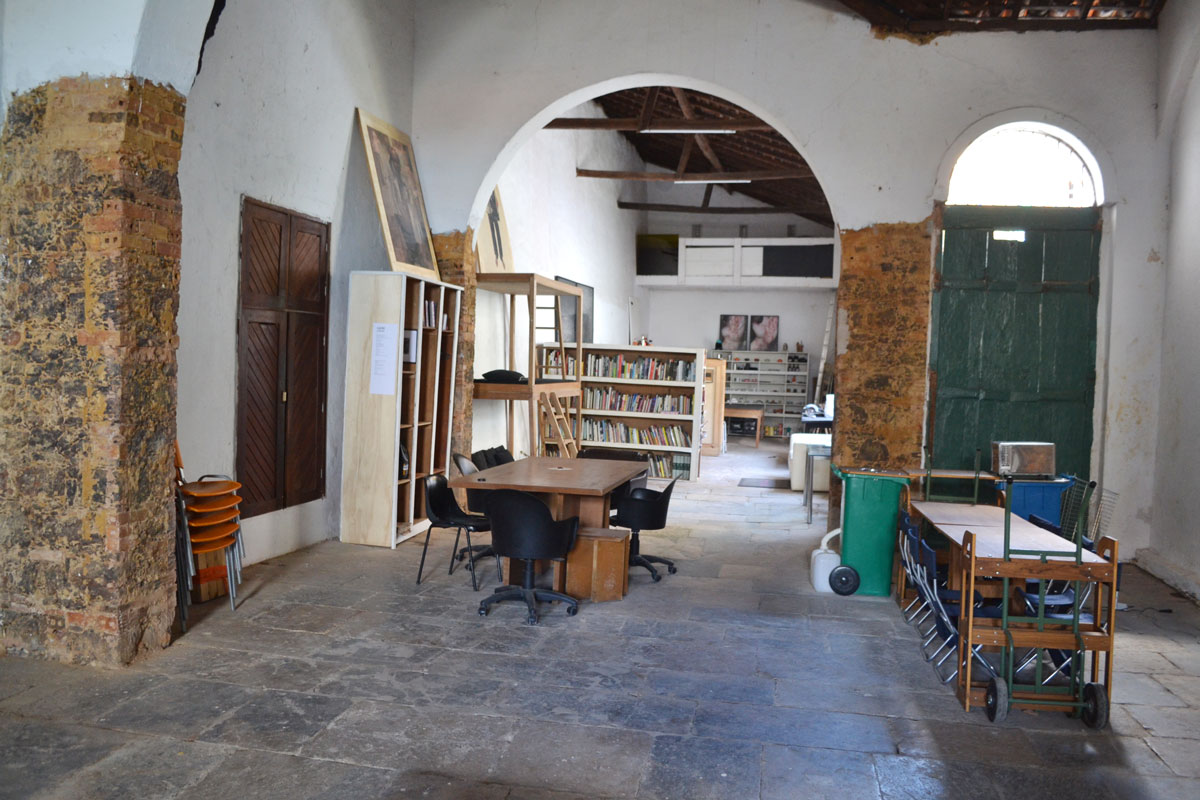
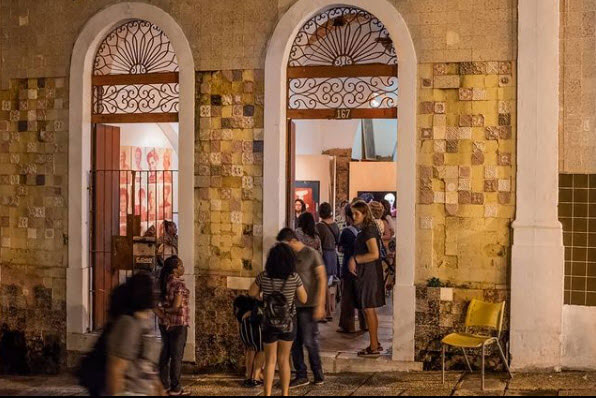
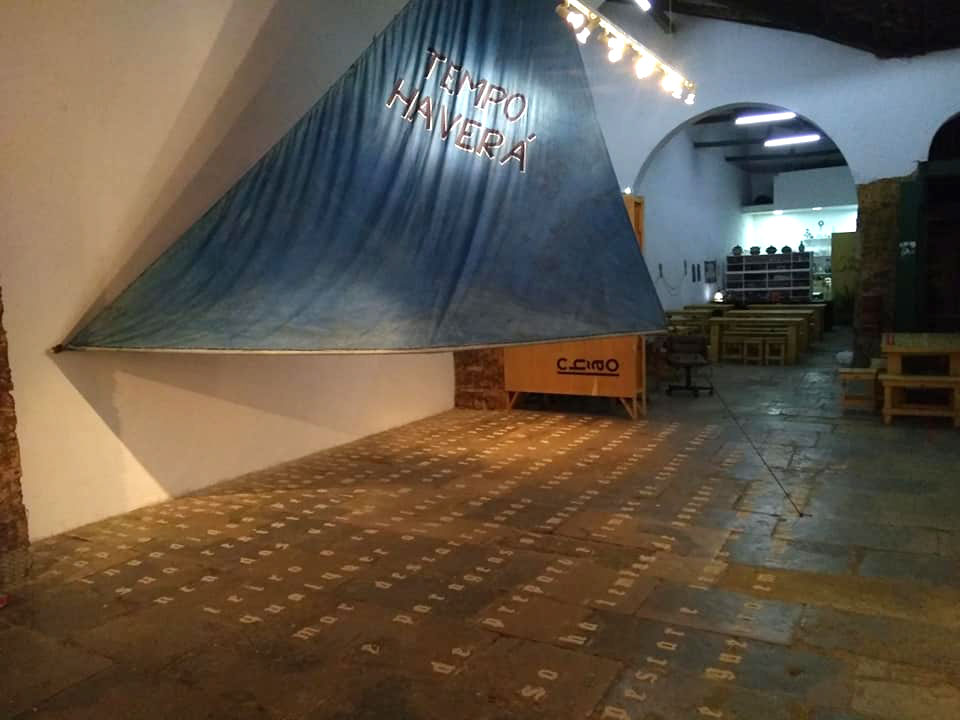
Pictures of CHAO SLZ, by Dinho Araújo
Did you face any obstacles as a female designer in your early days while pursuing your career? If yes, how did you overcome it?
The fact that I started entering the world of theatre when I was 18 meant that there were two main arguments on the table: being young and being a woman. Theatre is a beautiful and fundamental cultural hub everywhere, but it is also quite a masculine environment: climbing the ladder and setting up and aiming the projectors was, and still is, considered a man’s job. When I asked to move from the role of secretary to that of designer, being a woman was considered an obstacle to the workflow. Even though Brazil is a huge country, when we went on tour and were hosted by other theatres and companies, the presence of women in the technical field was very low, and the professionals themselves preferred to talk to my male colleagues rather than me. In spite of all this, which was probably the main reason why I stopped working only as a Stage Lighting Designer, I would start my journey from there again in the same way.
What was the very first experiment/project with light like? Can you elaborate & share your experience?
“Um jantar para Alice” is an adaptation of Lewis Carroll’s play Alice in Wonderland. One of the courses during university allowed the opportunity to work on a real play and a friend of mine chose to present this piece and asked me to take care of the lighting. This represented not only the birth of an association that is still alive under the name of DRAO teatro da inconstância (Theatre of inconstancy), but also the beginning of my love affair with the elliptical beam projector. My relationship with light is, in fact, well described by the famous phrase "less is more" and is expressed by the deep care and attention I pay to maintaining the balance between light and darkness on stage, cutting light where it is not needed and using mainly three colours: Amber, White and Bluegreen.
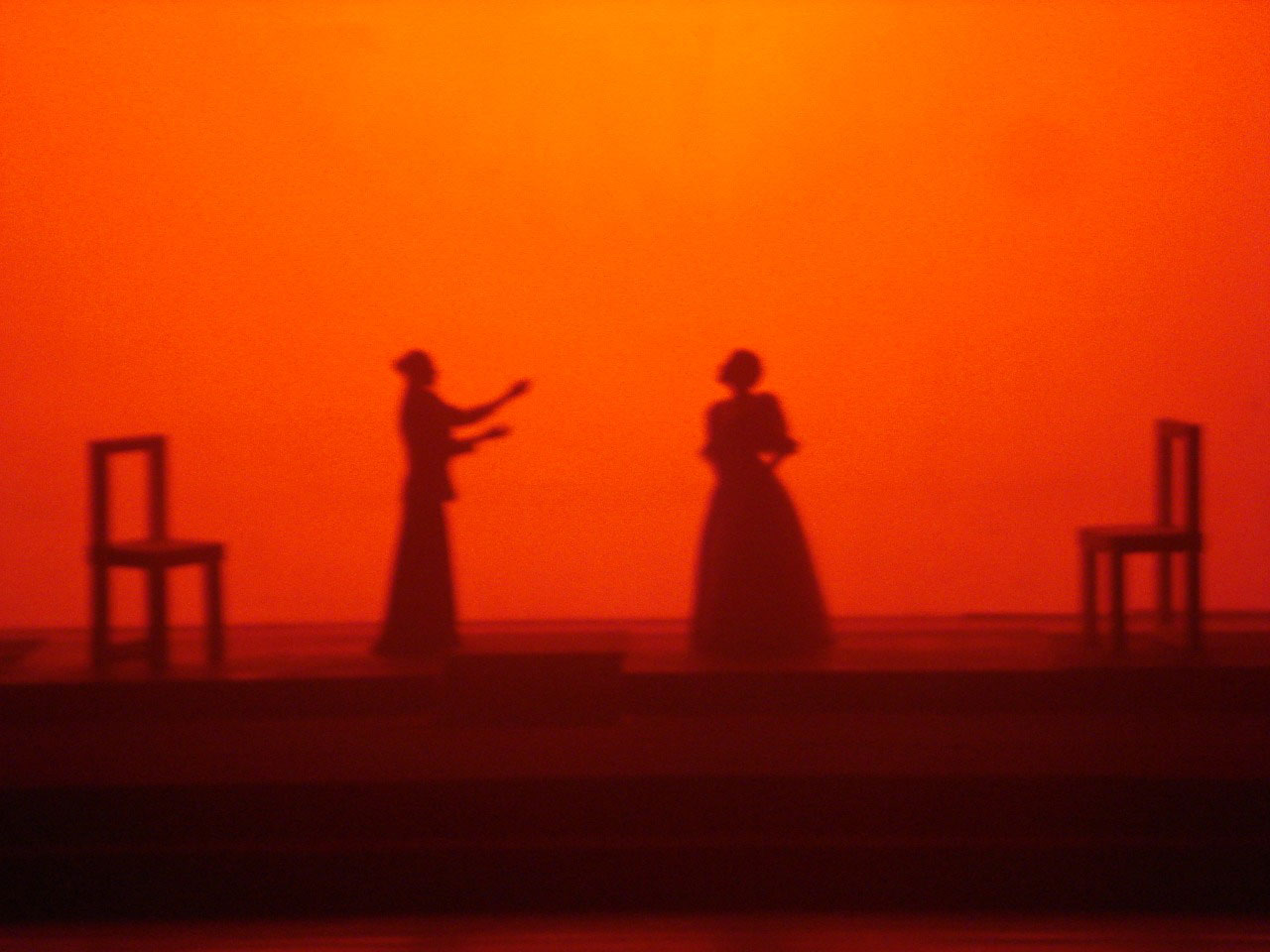
Um jantar para Alice, personal archive
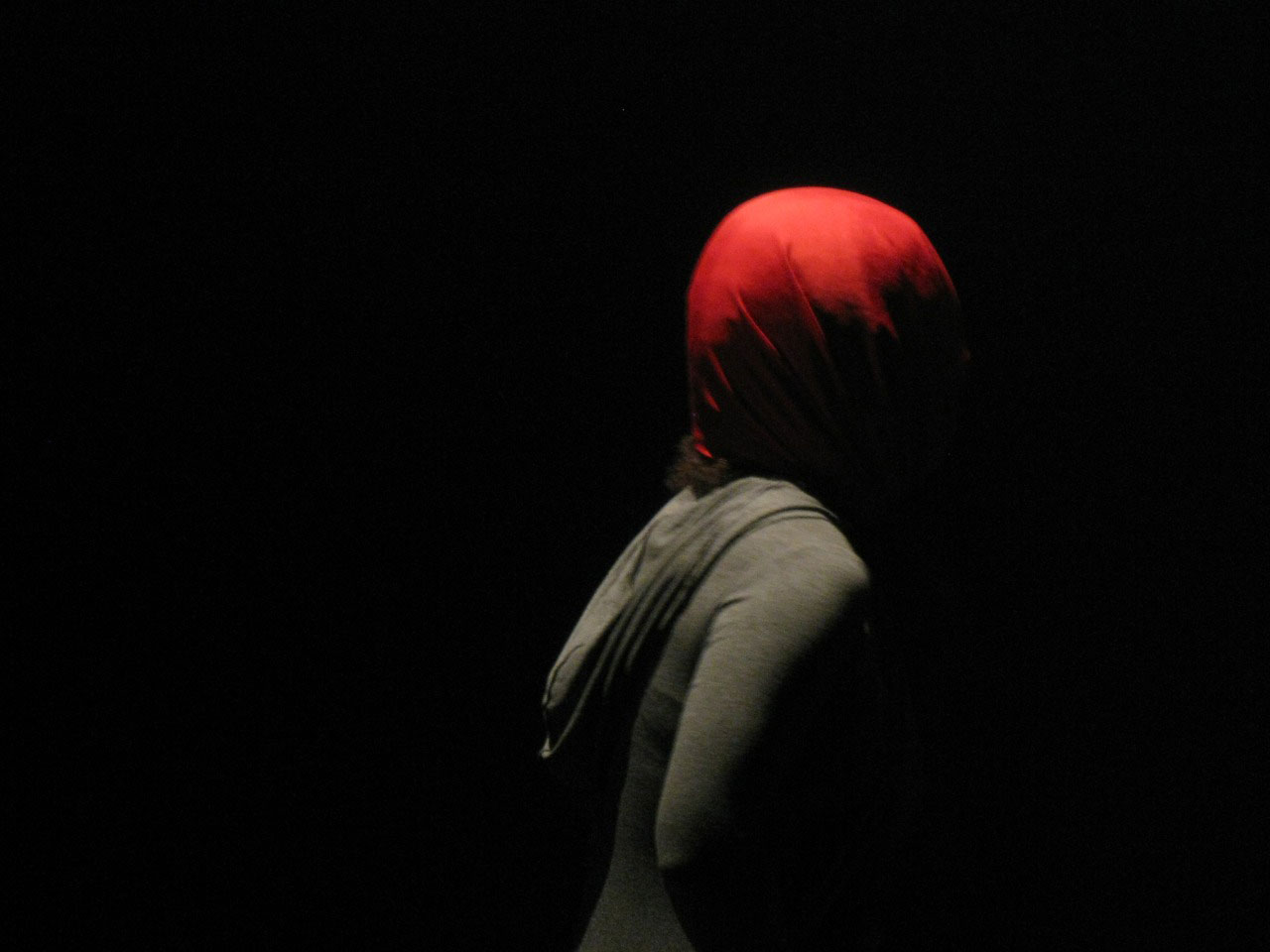
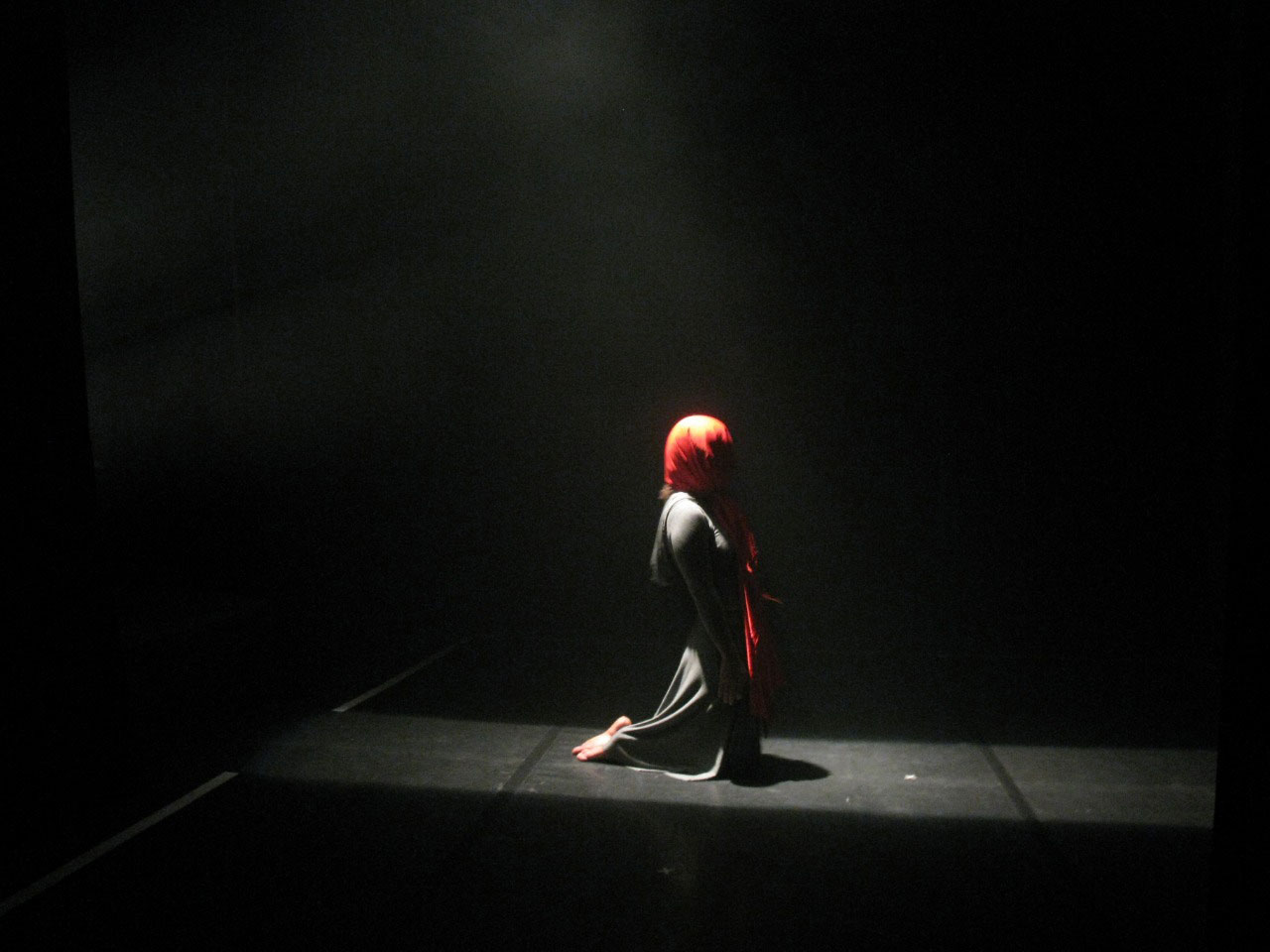
A Última hora, personal archive
Any specific project that is very dear to you?
There are two that are close to my heart. The fist one is A Última hora a show inspired by the life of Joan of Arc. Although it was not the most successful show, in terms of awards and recognition, I consider it important as it was the first one with elliptical projectors only. Second one is As Três Fiandeiras because of the settings, it was not in a standard stage, but in a room more like the size of a corridor, which made the lighting design quite challenging.
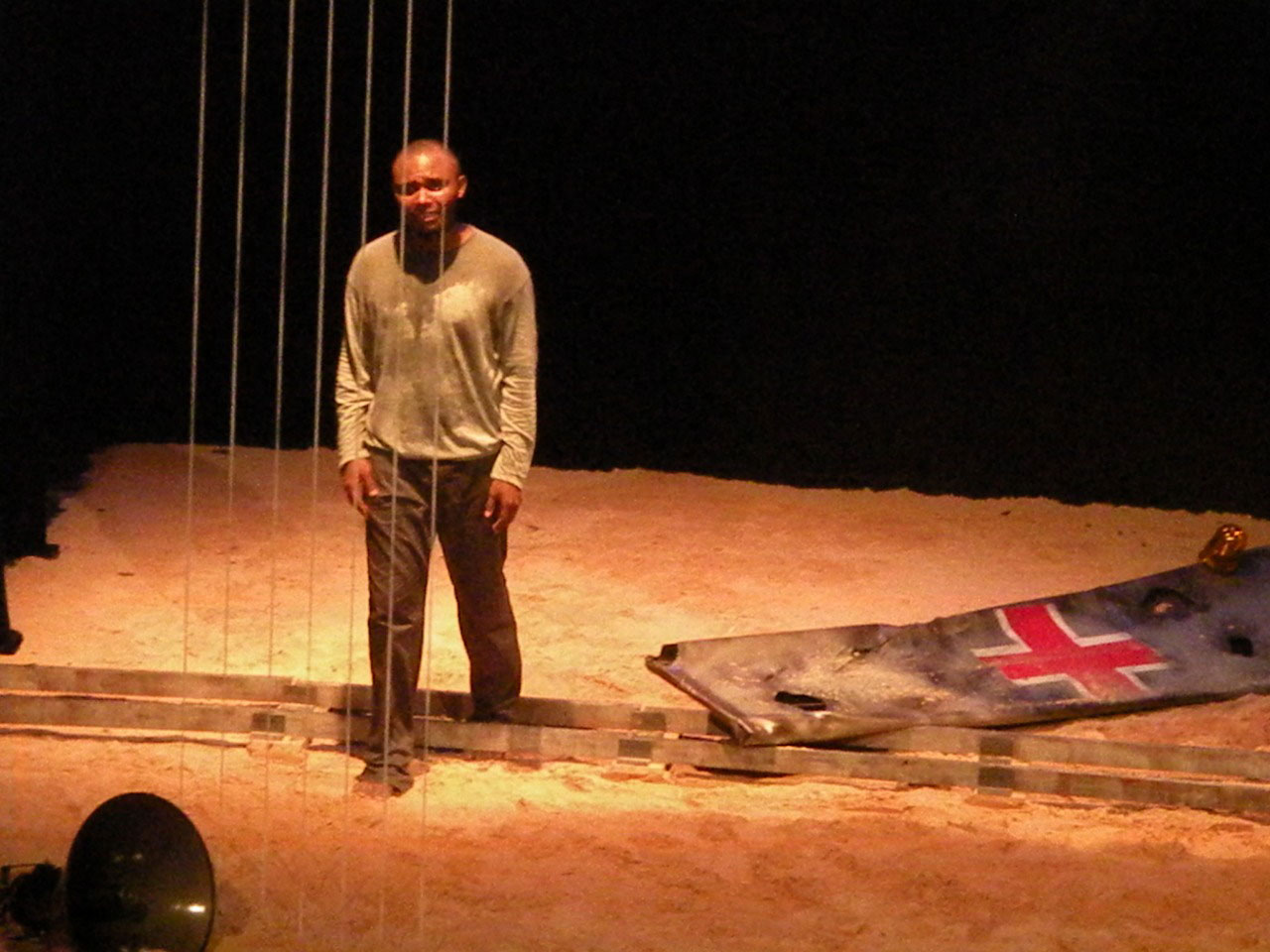
VATER, personal archive
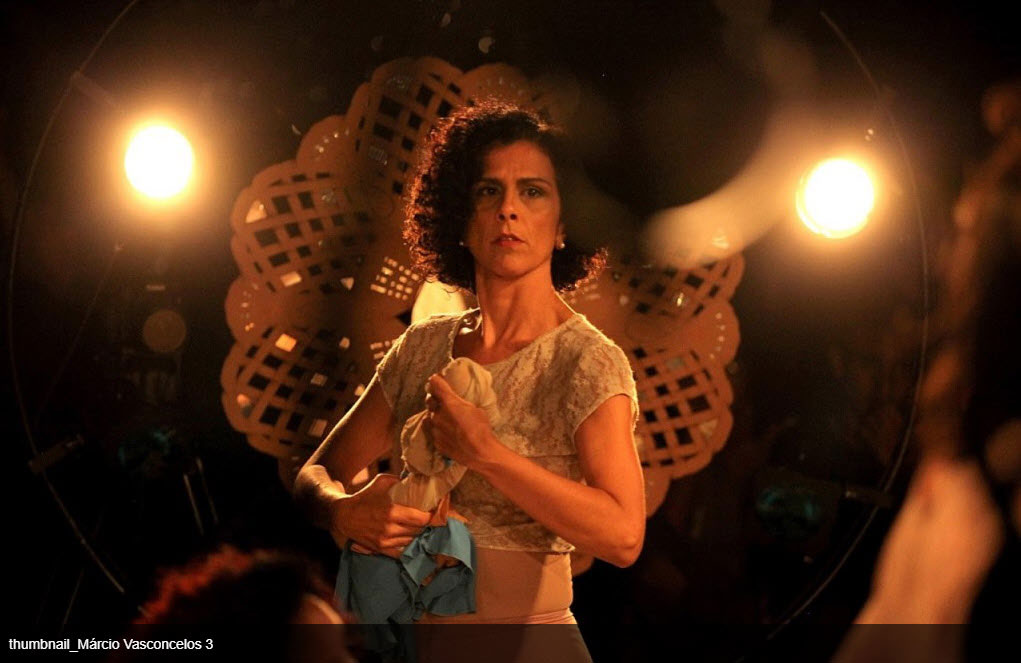
A três fiandeiras, by Márcio Vasconcelos
Are you paying special attention to lighting also in the event you curate?
At every event I look after I carefully choose the electrician to join me. No event can run smoothly without accent lighting during the day and night-time scene lighting if the event is spread over several hours. Each event has its own lighting requirements. Each event has its own lighting needs. For example, in the case of a dance show, I would work with different spatial interpretation needs, which would translate into perimeter lighting together with the central stage fire; yet another approach would be needed for a music concert, which especially in Brazil needs more colour and rhythm, to be translated into more vibrant lighting scenes.
My experience has taught me the difference of having a stage lighting designer from the very beginning of an event/show. Designers should not only light the space/objects or people, but create the story within the performers, transforming one of the main ingredients of the event itself: the creator of the aesthetic.
Having a background as a stage lighting designer put me in the position of being able to tell a story through light as well, to go along with what was happening at the venue. If it was just a matter of placing luminaires and projectors in the right place, then I think everyone could do it, but having the ability and sensitivity to read the scene/read the client and read the people in the space, that’s another kind of job and one that is only possible by having studied it.
“While lighting technologies grow quite fast, the taste for the aesthetics of light have a slower pace”
What message would you like to convey to the upcoming generation of stage light-designers?
Be brave! We may have different physical strengths, but we certainly have brains! That’s why women should be represented in every field, allowing future generations to be inspired to be whatever they want to be. Despite the difficulties, I would choose my path over and over again and I am proud of it!
Camila is currently working as an event curator at Heden, a co-working and event space in Lisbon, while following and illuminating the independent scenes in Brazil and Portugal.
An ever-moving and versatile professional who sees the best way to create interdisciplinary practice.
Is light itself, however, the emblem of eclecticism?
By looking at Camila's brilliant career I would say, absolutely yes!
––
R.A.W Blogger
Martina Frattura

